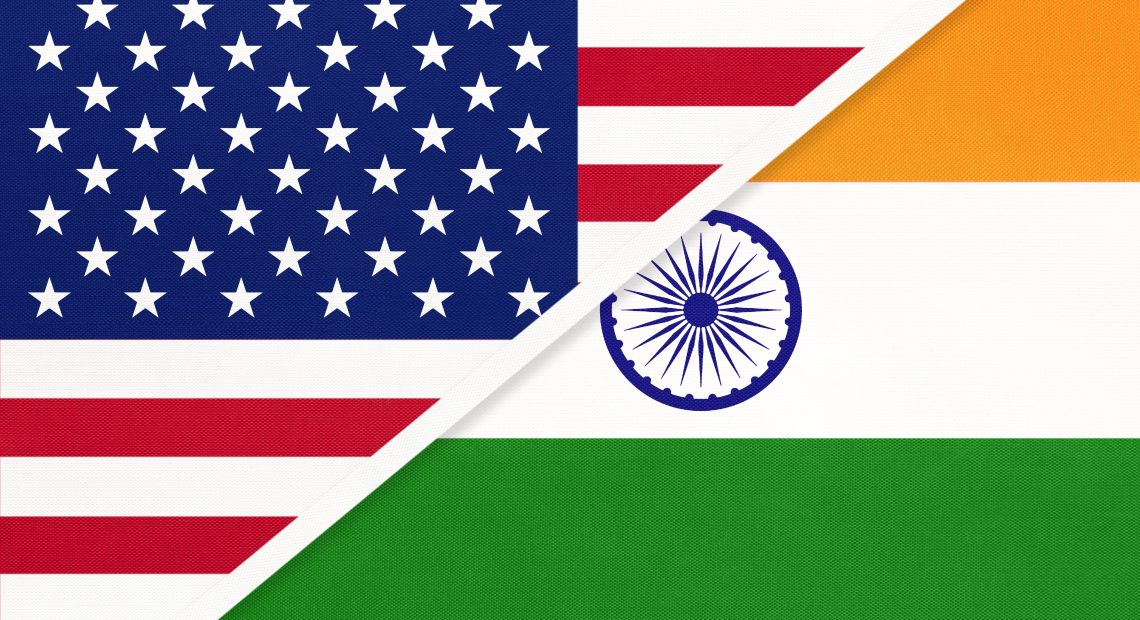
India Proposes ‘Zero-for-Zero’ Tariff Strategy to US
The Global Trade Research Initiative (GTRI), an economic think tank, has recommended that India propose a ‘zero-for-zero’ tariff strategy to the United States. This approach involves both nations mutually eliminating tariffs on industrial goods, aiming to counteract potential reciprocal tariff hikes proposed by the US. GTRI suggests that this strategy would be less detrimental than negotiating a comprehensive bilateral trade agreement, which could compel India to make challenging concessions.
Strategic Identification of Tariff Lines
Under this proposal, the Indian government would identify specific tariff lines—product categories—where import duties on American goods can be abolished without adversely affecting domestic industries and agriculture. In return, the US would reciprocate by removing duties on a comparable set of Indian goods. GTRI emphasizes that agricultural products could largely be excluded from this list to protect India’s farming sector. To formulate this list, India might consider its existing Free Trade Agreement (FTA) tariff offers to nations such as Japan, South Korea, and ASEAN members as reference points.
Urgency in Negotiations
Ajay Srivastava, Founder of GTRI, underscores the importance of prompt action, suggesting that discussions with the US should commence before April, ahead of the anticipated reciprocal tariff announcements. He notes that this approach would resemble a swift FTA focused solely on goods, potentially resulting in minimal or zero reciprocal tariffs for India if the US agrees.
WTO Considerations and Comparative Analysis
While acknowledging that the ‘zero-for-zero’ tariff strategy may contravene World Trade Organization (WTO) regulations, GTRI contends that it is a preferable alternative to a full-scale FTA. A comprehensive agreement could pressure India into making significant concessions, such as opening government procurement to US firms, reducing agricultural subsidies, weakening patent protections, and easing data flow restrictions—areas where India may be reluctant to compromise.
Implications of US Tariff Policies
The report highlights that US President Donald Trump’s imposition of tariffs on Mexico and Canada, despite the United States-Mexico-Canada Agreement (USMCA), reflects a skepticism toward traditional trade agreements. If the US dismisses India’s ‘zero-for-zero’ proposal, it may indicate that tariffs are being used as leverage to extract concessions in other domains. In such scenarios, GTRI advises that India should resist negotiations under duress and consider retaliatory measures against unreasonable demands, drawing lessons from China’s assertive responses to US tariffs.
Potential Impact on Indian Exports
The US’s reciprocal tariff plan, announced on February 13, permits the imposition of higher tariffs on countries with which it maintains a trade deficit—a policy that could significantly affect Indian exports. Uniform tariffs might subject Indian goods to an additional 4.9% duty, up from the current 2.8%. Sector-specific tariffs could severely impact agricultural exports, with products like shrimp, dairy, and processed foods facing duties as high as 38.2%. Industrial sectors, including pharmaceuticals, diamonds, jewelry, and electronics, also stand at considerable risk.
Bilateral Trade Dynamics
With bilateral trade surpassing USD 125 billion in 2024, Indian enterprises express concern over potential financial losses stemming from increased tariffs. The application methodology of these tariffs—whether at the product, sector, or country level—remains uncertain. Product-specific tariffs might have a limited impact if the traded goods differ between the two nations. However, sector-wide tariffs could disrupt entire industries, leading to substantial economic repercussions.
Current Tariff Landscape
Presently, Indian agricultural exports to the US encounter an average tariff of 5.3%, whereas US agricultural products entering India face a significantly higher duty of 37.7%. In the realm of industrial goods, US exports to India are subject to a 5.9% weighted average tariff, while Indian industrial exports to the US incur a modest 2.6% duty. This disparity underscores the complexities in the trade relationship and the necessity for balanced negotiations to foster equitable trade practices.
In summary, the ‘zero-for-zero’ tariff strategy presents a potential pathway for India and the US to mitigate escalating trade tensions. By focusing on mutual tariff elimination in select industrial sectors, both nations can strive toward a more balanced and fair trading partnership, circumventing the challenges associated with comprehensive trade agreements.


















